After the end of World War II, cinema enjoyed a great growth of war movies. Classics such as Where Eagles Dare, The Dirty Dozen, Patton, and so on. These movies have impacted the cultural landscape, starring many famous actors such as Richard Burton, Clint Eastwood, among others. There is perhaps one movie though that sticks out on top of all these. A movie that ingrained itself in the war movie zeitgeist. I’m talking of course about none other than the 1962 classic The Longest Day. Why exactly though did it have such a big impact? What does the movie do so right that it managed to stand the test of time? Let’s find out.
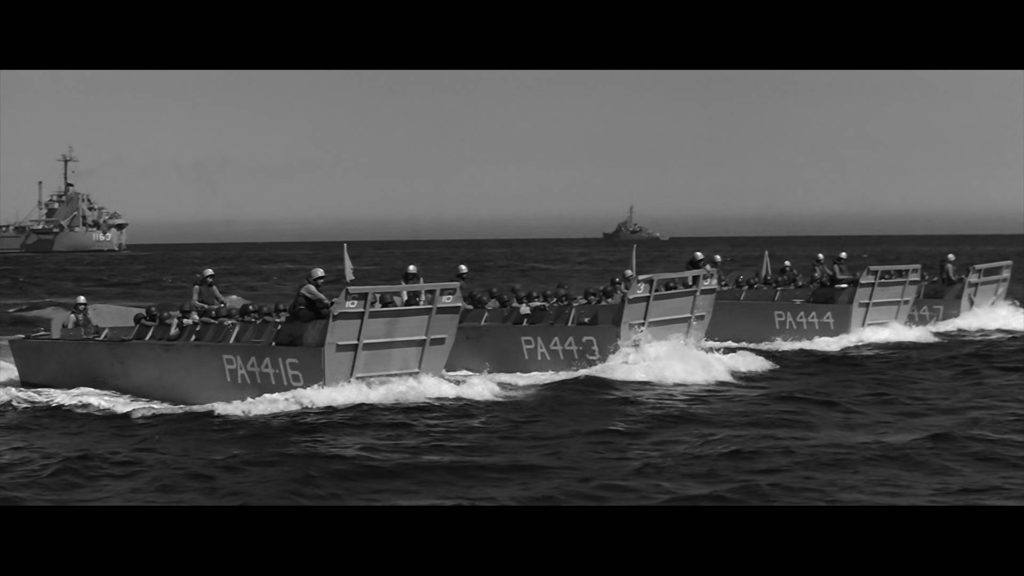
The great crusade
The Longest Day focuses on the by now famous Operation Overlord, also known as D-Day. On 6 June 1944, a coalition of British, American, Polish, French, and many more nations embarked upon an invasion to liberate France from the Germans. The operation was carried out over land, the air, and of course the sea. Every country had its own targets, but coordinated together to ultimately form a bridgehead into occupied Europe. With so many objectives carried out at the same time over one day, D-Day since then has been named ‘the longest day.’ It comes as no surprise why the makers chose this nickname as the title for this masterpiece.
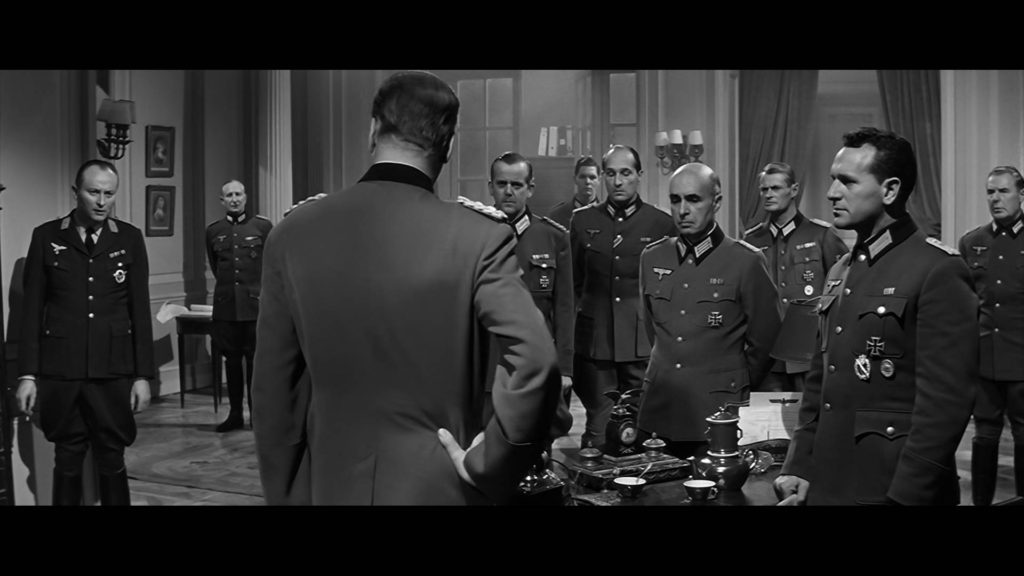
A great collaboration effort
Based upon the 1959 book The Longest Day by Cornelius Ryan, the film therefore undertakes a massive scope. After all, so many nations fought in this particular battle that it can be dazzling at times. Instead of just going for all-English or all-American actors as was common then, The Longest Day instead stars a cast of movie stars from all over the world. Germans are played by German actors such as Curd Jürgens, while the British cast stars the likes of Richard Burton and Sean Connory. With John Wayne on the American side. Today, it may seem obvious for actors to be chosen based upon their nationality, but in the early sixties, this was not commonplace. With this setup, the movie feels genuine in those aspects and it provides a nice opportunity for the linguistics and historians among us to do some sightseeing.
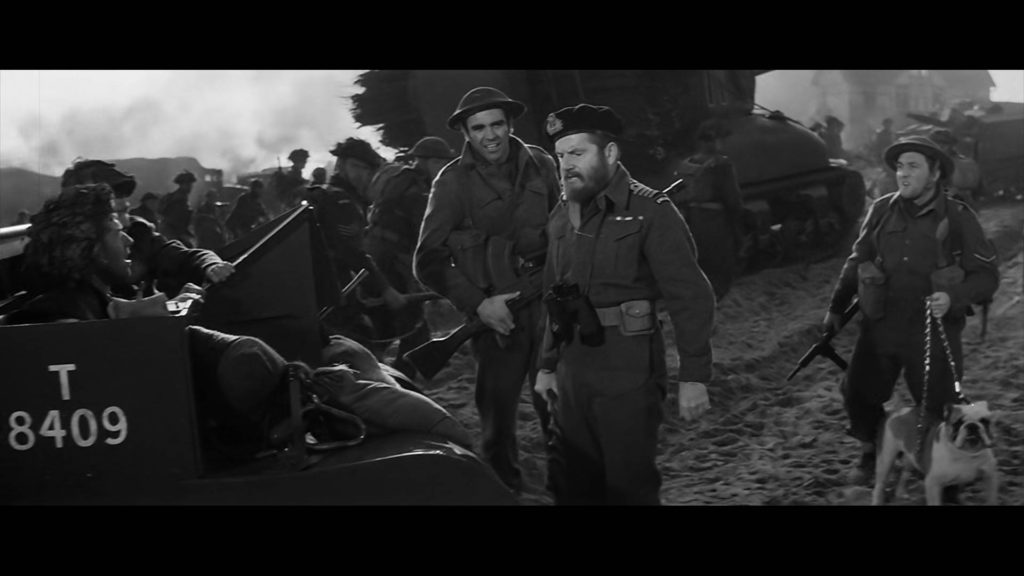
From the eyes of those that fought
The movie itself is then chronologically following the events of D-Day, from the preperation days to the closing hours. We follow the events from the viewpoint of not just ordinary soldiers, but also their commanders. Everybody has their role to play and it is interesting to see how everyone carries out their own individual task. Individual, but essential to the overall team effort. What is fascinating too, is that we even see the war from the aspect of the Germans. We see them anticipate the attack and make predictions on where and when it will take place. We see them react to the opening hours. Interestingly, many quotes and curiousities that actually happened make their way on the movie screen. This adds depth and intrigue to the characters we encounter along the way.
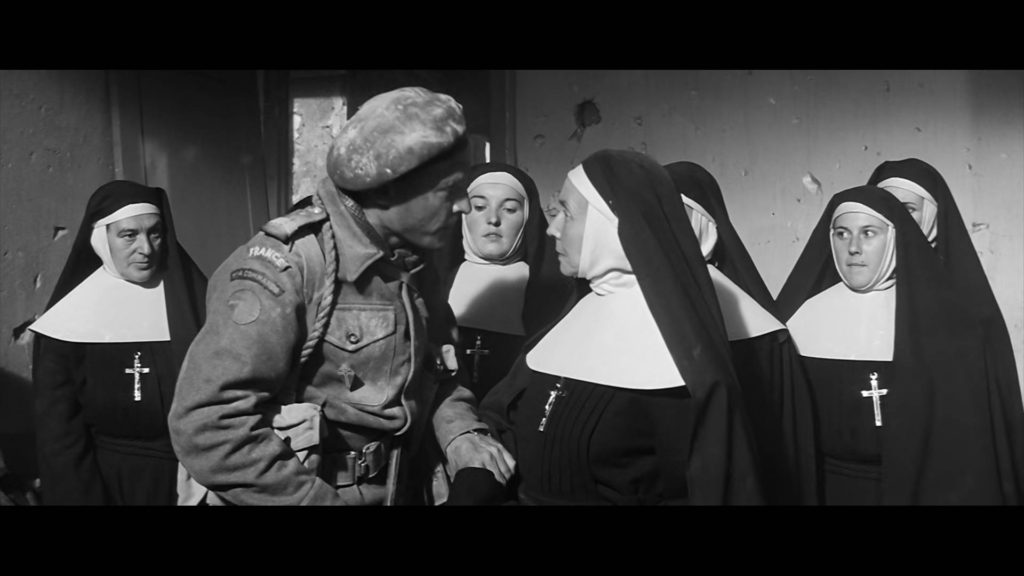
Cinematography and pacing
It comes as no surprise that this is a long movie, running up to 3 hours of watchtime. The movie at no point however, fails to pull your attention to the screen. Before you know it, you have just experienced the movie in its full strength. Cinematography and pacing play a key part in this. Both beautiful landscape- and battle shots, as well as conversational shots are present. What I appreciate the most here and what is sorely lacking in many modern films, is the ability to see through a birdseye perspective how the battle is going. Most movies these days insist on camera shakes and blurry closeups to artificially create tension.
The Longest Day however, does none of this. It’s a joy to see all the action take place upon the big screen. Pacing too, is amazingly well done. The film does not pad out for too long, neither do scenes or transitions feel tacked on. Despite the film following so many people and perspectives, it never fails to grab your attention.
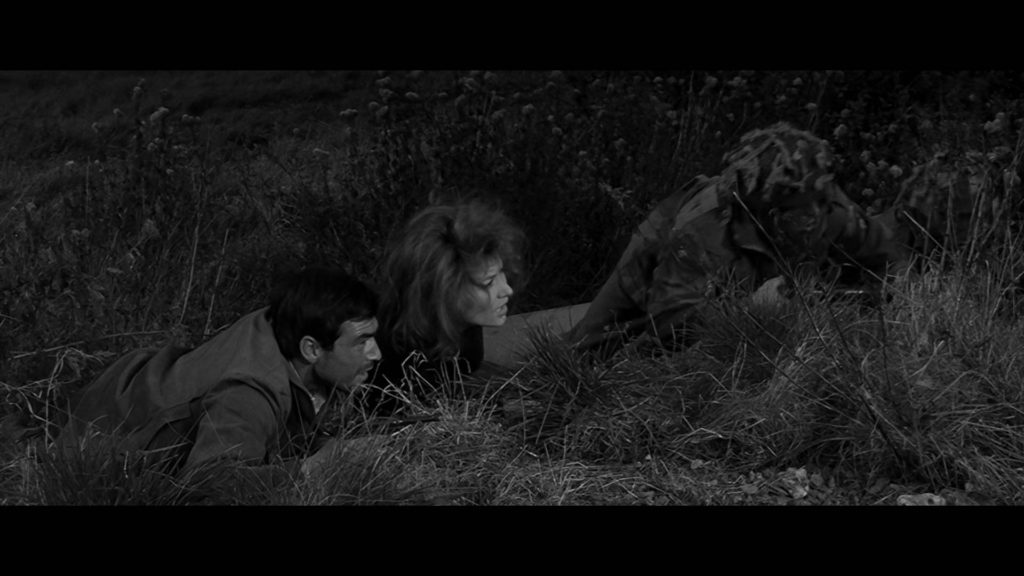
A great sacrifice
Morever, I find that the movie balances the idealistic and terrible picture of the war perfectly. It showcases us examples of bravery and courage, but also those of sorrow and pain. It shows us that whilst war in itself is a terrible thing that we are often faced with as humans, the things we may do during these times are worthy of admiration. With the thematical approach of the good life in mind, The Longest Day is a movie that shows this delicate balance that we have to maintain whilst tackling topics such as war.
A marvel of human filmmaking
The Longest Day is a movie that I watch perhaps once or twice a year. Not only for its cinematographic highpoints, but also for its cultural and historical significance. It is a movie that portrays a defining moment in twentieth-century history, but also one of individual bravery and courage. With its international cast of amazing actors and action, even in 2021 I can’t help but feel awed at its achievements. Therefore, if you have not watched it yet, or if you feel as if you want to rewatch it again, I can highly recommend doing so. Good cinema is something we always ought to appreciate and I salute the makers for this magnificent movie.
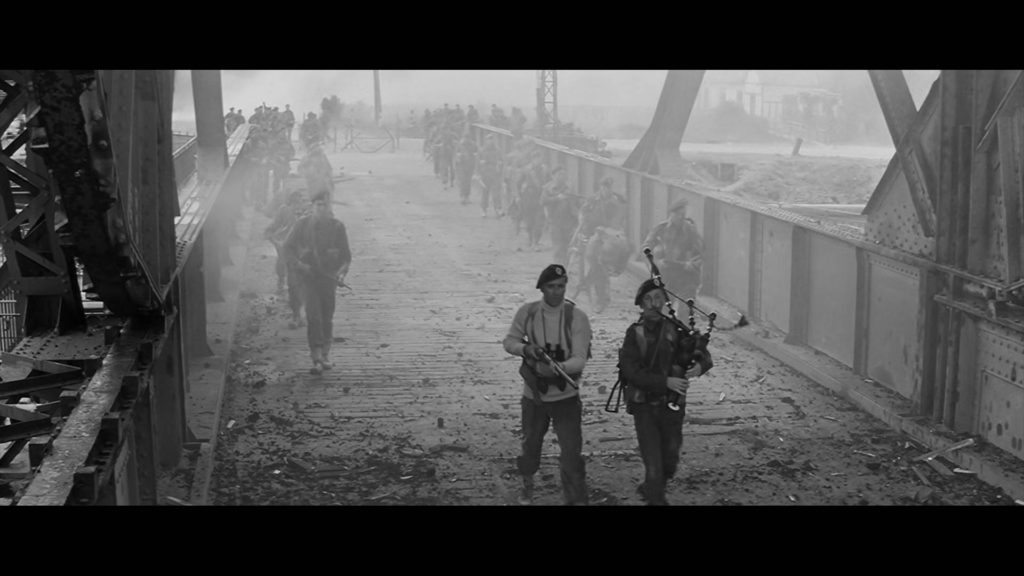
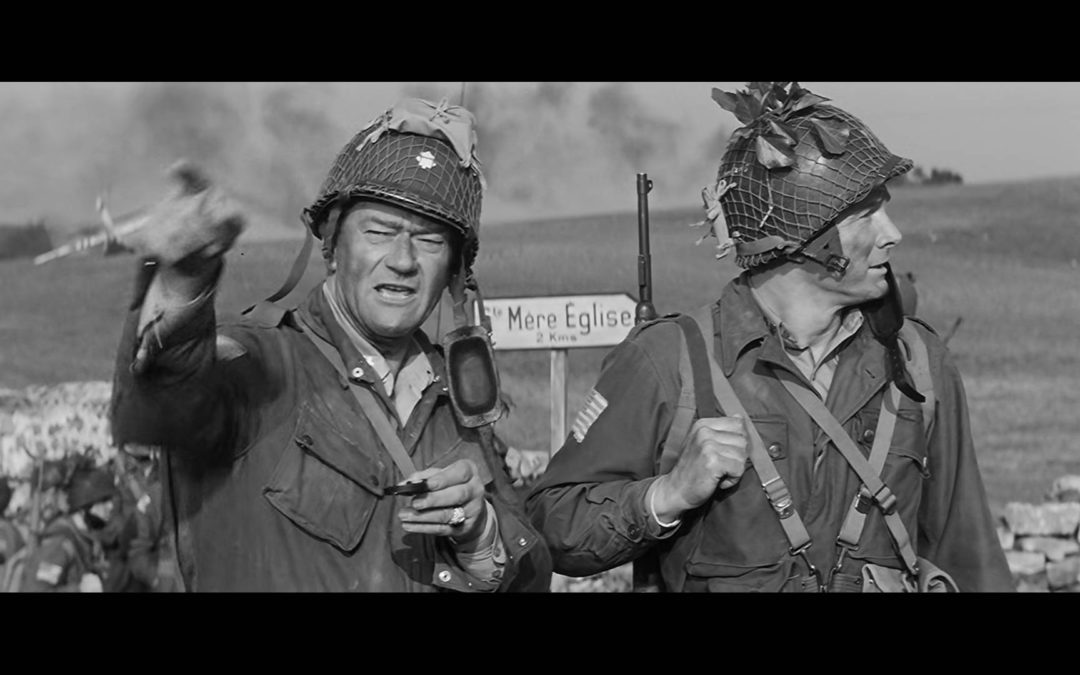
Recent Comments